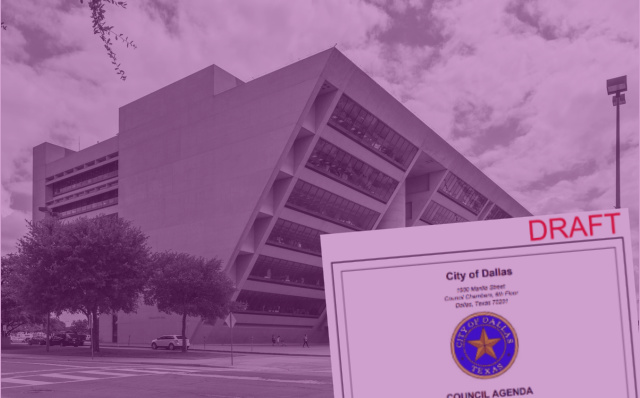
The fate of Dallas City Hall has been dominating headlines, but you’ll find none of that in this roundup. Stay tuned for standalone coverage on that ongoing saga tomorrow morning. For now, catch up on some of the other news coming out of 1500 Marilla St.
What Parts of Dallas Are Shouldering the Weight of Homeless Housing?
The Housing & Homelessness Solutions Committee met on Monday to hear from more out-of-town homeless service providers as officials explore their options to meet the needs of the city’s unsheltered population.
At the start of the meeting, however, Council Member Cara Mendelsohn (District 12) presented a map produced by staff that shows where the city’s existing shelters and permanent supportive housing are located.
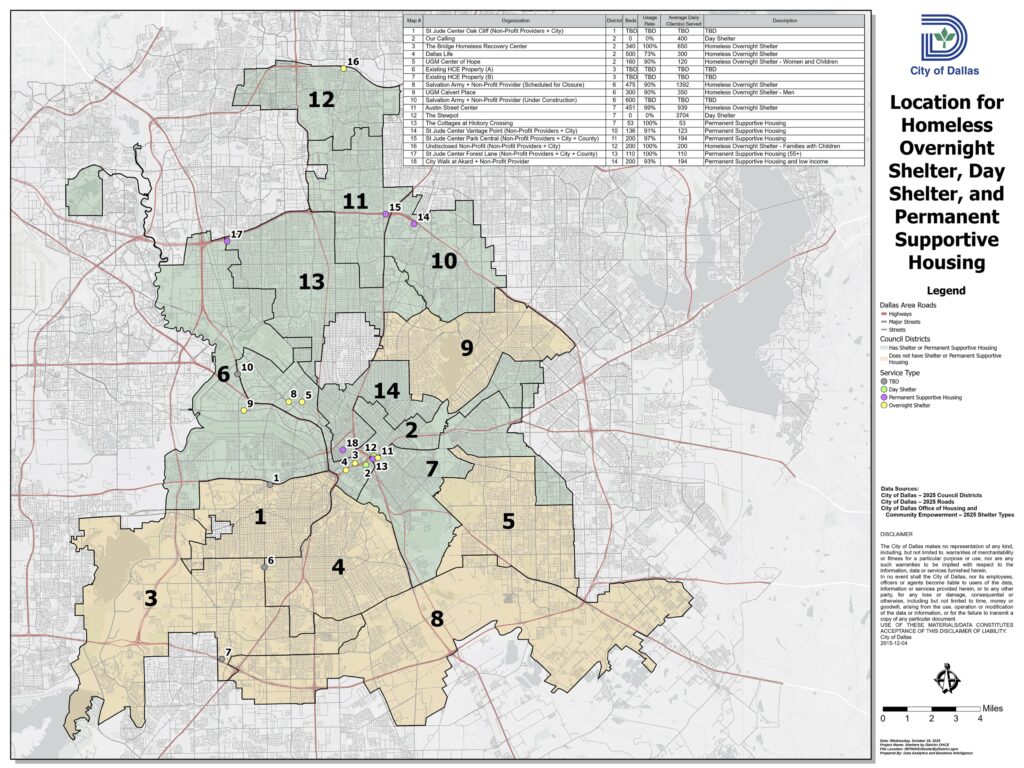
“What we’ve heard very often, both in public comments, social media, even sometimes in media articles, is a narrative about where the homeless services are located,” she said. “Very often, it’ll be explained that there’s some concentration in southern Dallas, that there is an effort to move the homeless to southern Dallas. What this map is showing you … is where the services actually are.”
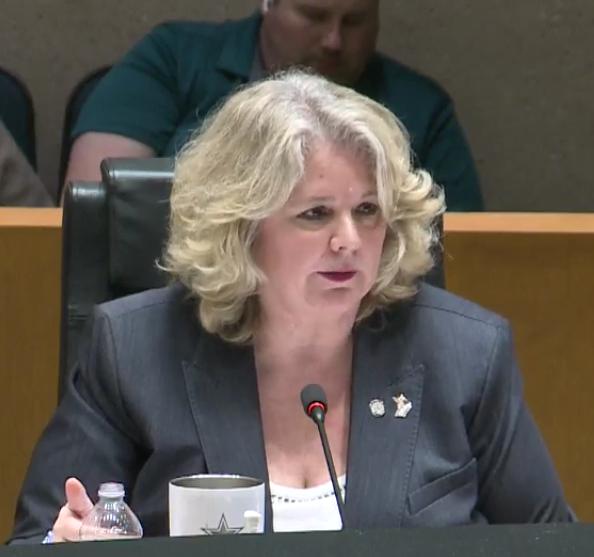 Cara Mendelsohn
Cara Mendelsohn
Half of the 14 operating shelters and permanent supportive housing sites are in and around downtown. The rest are a few miles just northwest of the city center or far up north at the city limits.
“What we don’t have south of downtown is any overnight sheltering, day sheltering, or permanent supportive housing,” Mendelsohn said.
Two sites on the map south of the central business district in Council Member Zarin Gracey’s District 3 were tapped for such operations, but that doesn’t seem to be in the cards anymore. 2929 S Hampton Rd., a former hospital the city bought for homeless housing and services, was stalled out due to neighborhood opposition. Now the property is on the market. As for 4150 Independence Dr., which was supposed to become permanent supportive housing, officials have been kicking around other ideas, like a fire station or an affordable housing development.
“Since I’ve been here, I’ve been operating under this idea that we would have services available — emergency overnight sheltering, day sheltering, and permanent supportive housing — that these would be available in every district,” Mendelsohn said, with staff concurring.
The point seemed well taken. Mendelsohn’s comments follow a dust-up over a meeting back in September in which a purported quorum of the committee gathered to hear a presentation about deploying a one-stop-shop homeless services model at Dallas Executive Airport, also in District 3.
Officials Throw Cold Water on Potential ICE Partnership
A joint meeting of the Public Safety Committee and Government Efficiency Committee on Thursday saw a virtually unanimous rejection of pursuing a Dallas Police Department partnership with Immigration & Customs Enforcement.
The meeting was called by Mayor Eric Johnson after it was revealed that Police Chief Daniel Comeaux unilaterally opted against joining ICE’s 287(g) program, which purportedly promised to reimburse the city millions of dollars in costs in exchange for assigning some DPD officers to perform certain ICE duties.
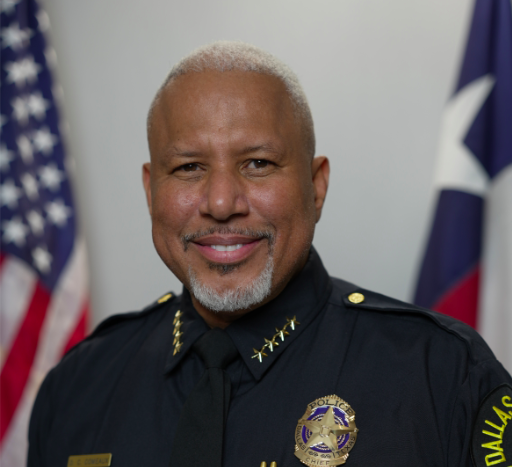 Chief Daniel Comeaux
Chief Daniel Comeaux
Committee members grilled Comeaux and two representatives from ICE over the program. The police chief defended his decision, citing a desire to maintain trust with the community and avoid any negative effect on the department’s already lengthy response times.
During the joint meeting, committee members learned that the city would only be fully reimbursed if participating officers made a quota of 50 arrests per day, which Comeaux estimated would require roughly 250 officers.
“Call times would skyrocket,” the police chief said.
Additionally, the city would be on the hook for any lawsuits stemming from DPD officers’ performance of ICE duties.
For their part, the representatives from ICE were unable to assuage committee members’ concerns and, at times, failed to answer their questions, noting that they themselves were not a party to discussions between Comeaux and ICE.
In a statement issued after the meeting, Mayor Johnson appeared to agree with the committee members over the feasibility of the program, saying “open, transparent public discussion leads to informed decisions.”
Johnson’s memo requesting the meeting was based in part on the potential for additional funds to bolster public safety operations via reimbursement, but he also stressed the need for council oversight over such an important decision that (at the time) appeared to have up to $25 million attached.
Dallas Requests Exemption From New TxDOT Rule Banning ‘Political’ Crosswalk
City Manager Kimberly Tolbert is pushing back on Gov. Greg Abbott’s TxDOT directive to remove non-standard markings from public roads, which would eliminate Cedar Springs’ trademark rainbow crosswalks.
Abbott claimed last month that taxpayer money was being used to “advance political agendas on Texas roadways” and non-standard streets were a potential hazard.
In a letter to TxDOT, Tolbert argued that transportation data doesn’t indicate any accidents related to crosswalk designs and the state was intruding on local control and civic speech.
“Absent any safety detriment caused by the aesthetic crosswalks, the city’s decision to maintain these crosswalks should be respected as a legitimate and constitutionally protected exercise of municipal self-expression,” she said.
Tolbert’s letter requested an exception from compliance with the directive. The move elicited words of support from Council Member Chad West (District 1).
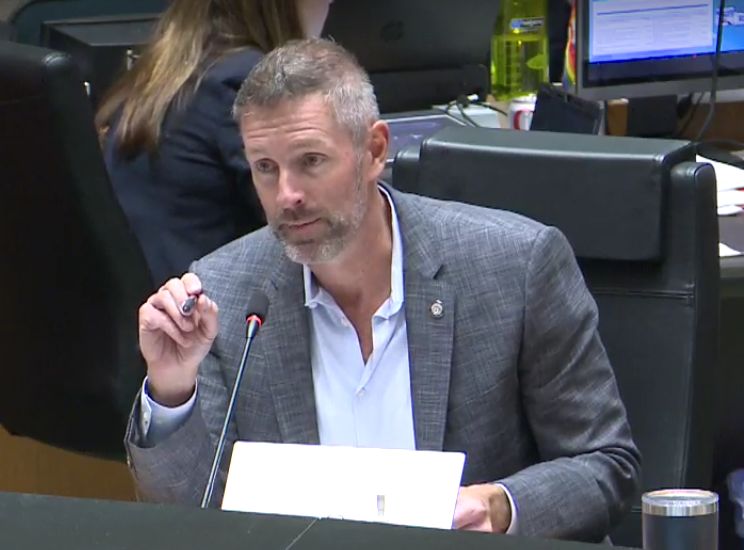 Chad West
Chad West
“It is clear that these privately funded non-standard crosswalks are not a safety issue, as data indicate that decorative crosswalks are actually safer than standard crosswalks,” West said. “As the only LGBTQ+ member of the City Council and a combat army veteran who served under Don’t Ask, Don’t Tell, I know how important the Cedar Springs crosswalks are in helping our community feel safe and welcome in Dallas.”
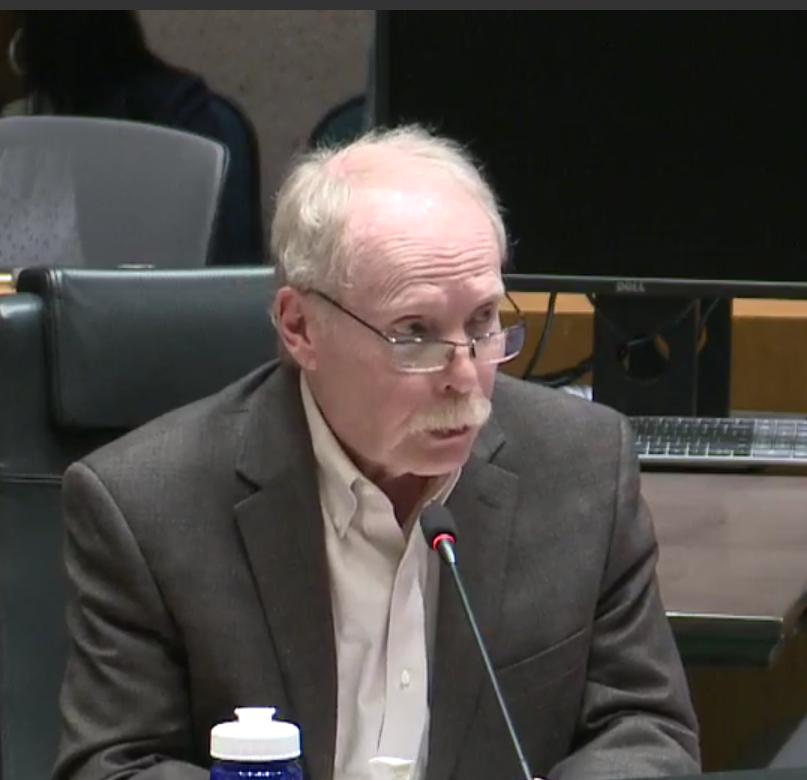 Paul Ridley
Paul Ridley
Council Member Paul Ridley (District 14) also threw his support behind the city manager, saying the rainbow crosswalks were not political but a “symbol of pride and inclusion.”
“There is no meaningful data that shows that decorative crosswalks are more dangerous than standard crosswalks,” he said in a statement. “In fact, data suggests the opposite. I am proud that the City is standing firm for what is right for our residents rather than caving to political pressure.”